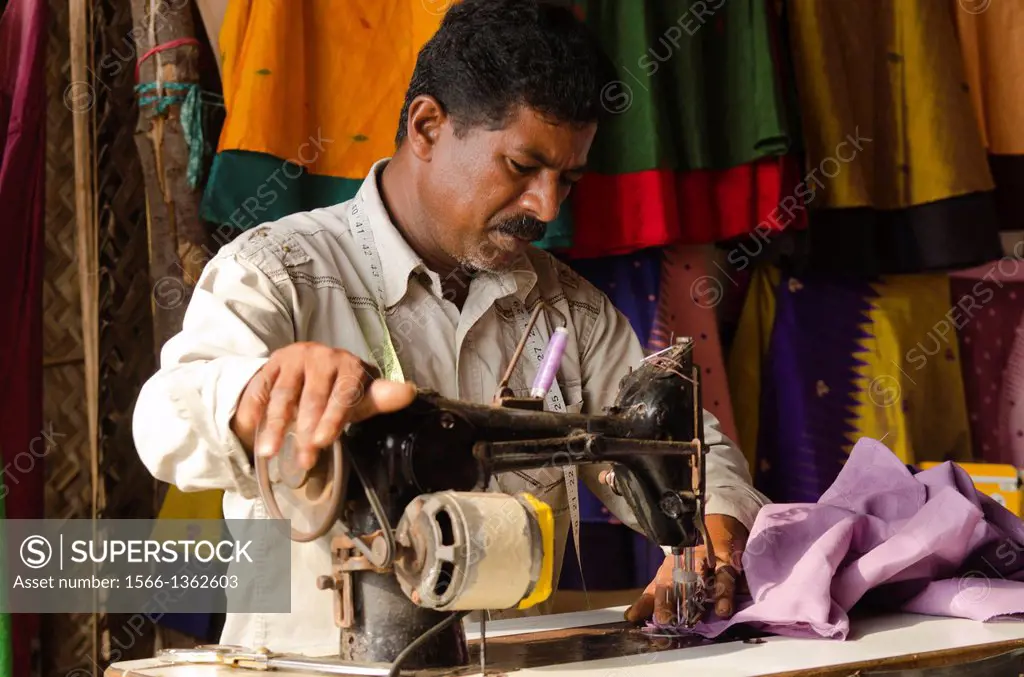Transform Your Appearance with Tailor Perth: Personalized Tailoring Services
Transform Your Appearance with Tailor Perth: Personalized Tailoring Services
Blog Article
Comprehending the Tailoring Process: From Fabric Choice to Last Suitable for the Suitable Wardrobe
The tailoring process is a complicated interaction of art and science, beginning with the critical choice of material selection and culminating in the accurate modifications of last installations. Each fabric type brings one-of-a-kind qualities that affect not only the visual allure yet additionally the garment's longevity and suitability for numerous occasions.
Significance of Textile Choice
Selecting the appropriate material is vital in the tailoring process, as it directly influences the convenience, longevity, and general visual of the last garment (tailor perth). The selection of fabric sets the foundation for the garment's functionality, performance, and style. Various textiles have unique properties, such as weight, stretch, and breathability, which can dramatically affect just how the garment drapes and fits the body
Moreover, textile selection impacts the garment's longevity and convenience of treatment. Top notch textiles can withstand deterioration, keeping their look and framework over time, while lower-quality materials may result in pilling or fading. Additionally, the ideal fabric adds to the garment's capability to shift across celebrations and seasons, consequently improving flexibility.
A customized piece made from a proper material not just showcases workmanship however likewise boosts the wearer's self-confidence. Consequently, understanding the nuances of textile choice is critical for any kind of tailoring endeavor. It makes sure that the end product not only meets the visual wishes of the client yet also straightens with functional needs, thereby achieving a harmonious equilibrium in between kind and function in the tailored wardrobe.
Sorts Of Fabrics and Their Uses
Understanding the various sorts of textiles readily available is crucial for making educated choices during the tailoring procedure. Each fabric has unique attributes that dictate its viability for specific garments and occasions.
Its versatility enables it to be customized right into whatever from tee shirts to gowns. Its all-natural flexibility helps garments keep form over time.
Silk emanates high-end and is lightweight, making it perfect for eveningwear and fragile shirts; nevertheless, it requires mindful handling because of its delicacy. Linen, with its distinctive finish, is a prominent option for cozy environments, giving a airy and crisp feel, yet it wrinkles conveniently, which may impact the garment's look.
Synthetic fabrics, such as polyester and nylon, offer resilience and resistance to creases, making them appropriate for daily wear and active garments. Comprehending these material kinds and their residential properties permits for far better decision-making, guaranteeing that each tailored piece not just fits well however also straightens with the desired objective and celebration.
The Tailoring Techniques Explained
The art of customizing depends on a variety of techniques that change fabric right into well-fitted garments. Central to this procedure is pattern composing, where a tailor creates templates based on the client's dimensions and desired design. This initial action makes certain that the garment will fit the user appropriately before any type of reducing takes place.
As soon as patterns are developed, cutting methods enter into play. Precision is extremely important as errors can result in misfitting garments. Tailors usually utilize various cutting approaches, such as single-layer reducing for intricate designs and multiple-layer reducing for efficiency on basic patterns.
Basting is another crucial technique, permitting dressmakers to temporarily stitch fabric items together Visit This Link for a preliminary installation. This approach provides the chance to evaluate the drape and total silhouette before final sewing.
Seaming methods, consisting of french joints and flat-felled seams, boost the garment's resilience and visual appeal. Tailors additionally utilize methods such as interfacing and padding to give framework and form to details areas, like collars and shoulders.
Last but not least, completing strategies, including hemming and edge finishing, make sure the garment's durability while offering a sleek look. With each other, these techniques create the foundation of reliable customizing, leading to charming, tailor-made clothing.
Suitable Adjustments and Considerations

Trick factors to consider include the shoulder fit, which needs to neither sag nor limit movement, and the sleeve length, which need to enable for comfortable arm motion while preserving a sleek look. Additionally, adjustments at the waist can improve the silhouette, with alternatives to let out or absorb fabric as required.
The surge of trousers is one more essential variable; it needs to rest pleasantly above the hips without creating discomfort, permitting convenience of motion. Hemming lengths for both trousers and skirts ought to show the wearer's favored design while respecting percentages.

Preserving Your Tailored Clothing
Constantly comply with the care tag guidelines, which might advise completely dry cleansing for delicate fabrics or device cleaning for more resilient products. Stay clear of frequent laundering, as this can wear down the material and modify the garment's shape.
Storage is similarly crucial; usage a fantastic read padded wall mounts for layers and jackets to preserve shoulder structure, and shop pants folded neatly or hung to stop creasing. Protect garments from direct sunlight, which can fade colors and damage fibers.
Furthermore, regular assessments for small repair work can stop bigger problems. Examine for loose buttons, tearing joints, or indications of moth damages, addressing these problems quickly to keep the garment's integrity.
Finally, take into consideration seasonal turning. Using customized pieces in moderation permits materials to recuperate, prolonging their life expectancy. By implementing these maintenance techniques, you can ensure that your tailored garments stay as excellent as the day you initially used them, enhancing your perfect closet for many years to come.
Conclusion
The customizing process, including material choice, skilled strategies, and exact suitable changes, plays an essential function in developing garments that boost both comfort and design. Recognizing the importance of maintenance prolongs the life of customized garments, strengthening their worth in a well-curated closet.
Picking the ideal fabric is vital in the customizing procedure, as it straight affects the convenience, sturdiness, and total visual of the last garment. The choice of fabric sets the structure for the garment's style, performance, and capability. Different materials possess distinct residential properties, such as stretch, weight, and breathability, which can considerably affect how the garment drapes and fits the body.
The art of tailoring counts on a selection of techniques that transform fabric into well-fitted garments.The customizing procedure, incorporating material choice, knowledgeable techniques, and exact fitting modifications, plays an essential role in developing garments that boost both convenience and style.
Report this page